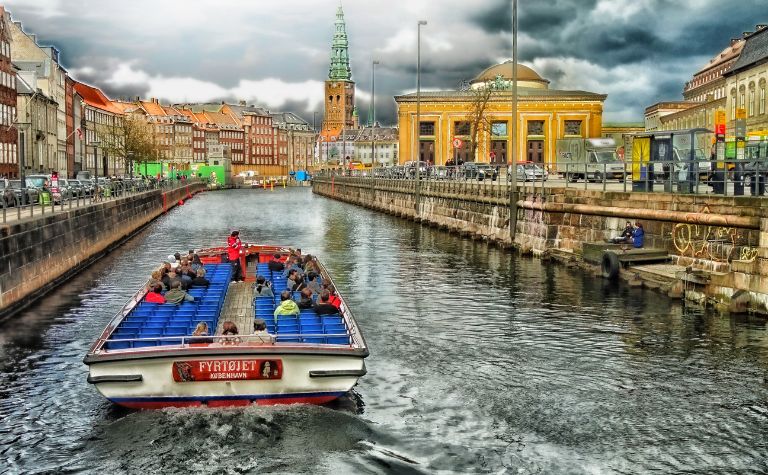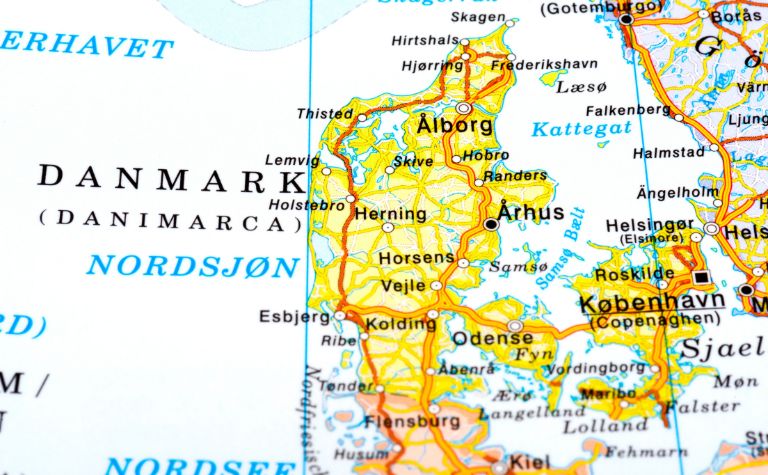Denmark is an incredibly beautiful country with a strong culture and one of the most welcoming environments in Europe. If you’re looking to move there, this guide will help you get started.
In recent years, Denmark has become one of the most popular destinations for expats and people looking for a better quality of life.
The first step in moving to Denmark is to research the requirements for entry. You will need a valid passport and a visa allowing you to live and work in Denmark.
You will also need a job lined up before moving or a valid scholarship proving that you will study in Denmark.
This article will discuss some of the first steps that must be taken, the challenges that can appear, and what should be expected from life in Denmark.
Also, see Why Is Denmark So Rich? to learn more.

What Are the First Steps To Move to Denmark?
Here are the first steps to moving to Denmark:
- Learning about the culture and society.
- Learning about living costs.
- Finding a place to stay.
- Contacting the Danish embassy.
- Making travel arrangements.
It can be exciting to think about moving to a new country, but it’s essential to do enough research and plan ahead before making the big move.
There are a few things anyone should consider before moving to Denmark.
Learning about the culture and society. Denmark is known for its egalitarianism and social welfare system, so it’s essential to learn about these topics before moving there. [1]
It’s possible to read books, watch documentaries, or even take Danish culture and society courses.
Learning about living costs. Denmark is a relatively expensive country to live in. People planning to live there must make sure to have enough money saved up before moving.
Make sure you know the average cost of rent, food, transportation, and other essentials.
Finding a place to stay. It’s essential to look for potential places to live before taking other decisions. This step will largely determine living costs, ease of adaptation, and the overall experience of living in Denmark.
Contacting the Danish embassy. After selecting a few potential places to live, the next step is to contact a Danish consulate or embassy to start the process of applying for a visa.
Making travel arrangements. Travel arrangements should only be made after sorting out the paperwork and securing a visa. This includes booking a flight and deciding what to take to Denmark.
The best way for a foreigner to find a job in Denmark is to research companies that match their interests and skills and reach out to them directly.
It’s also possible to use online job boards, but the competition for jobs on these platforms is fierce.
Once you’ve found a job, the next step is to apply for a residence permit. This can be done through the Danish Immigration Service.
If renting an apartment for a single person is too expensive or complicated, there’s always the option of sharing a place to live with friends or family.
It’s a good idea to open bank accounts as soon as possible after arrival.
Most banks require proof of residence before opening an account—however, some banks do not ask for this proof until after six months of continuous residency, such as Danske Bank.
It’s best not to give any information about where exactly you’re staying until after getting settled. [2]
Also, see What Is There To Do In Denmark? to learn more.

What’s Hard About Moving to Denmark?
The hardest parts about moving to Denmark are the language barrier, the high cost of living, the cold and dark weather, and getting accustomed to some specific cultural differences.
Despite these challenges, many people find that the quality of life in Denmark is worth the adjustment. Here’s a closer look at each factor:
- The language barrier can be tough to overcome. While English is widely spoken in Denmark, it’s still necessary to learn some Danish to get by.
- Denmark is an expensive country to live in. The cost of living in Denmark can be shocking for immigrants depending on their country of origin. Costs are especially high in Denmark’s capital, Copenhagen.
- The weather can be a challenge to adjust to. Denmark is known for its cold winters and dark days.
- Danish culture is different from other cultures. Immigrants must get used to things like the Danish concept of “hygge” and the importance of work-life balance. [3]
Does Denmark Welcome Foreigners?
Denmark is often hailed as one of the most welcoming countries in the world for foreigners.
The country has a long history of immigration and has always been open to people from across the world.
In recent years, Denmark has been voted the happiest country in the world and the best place to live.
The country has a very progressive attitude towards immigration, and all newcomers are welcomed with open arms.
Those who’re moving to Denmark will surely find a warm and welcoming community waiting for them.

What Are the Benefits of Moving to Denmark?
Denmark is a great place for personal mobility and quality of life. It also offers work and study opportunities, diversity, safety, and many other benefits that make it an ideal destination for relocating.
Moving to Denmark is a popular choice for many immigrants and expats.
The country has a high standard of living, good schools and healthcare systems, high levels of job security, an open-minded culture, and a low crime rate.
Denmark is a great place to live, raise a family, study, and work. In fact, it’s possible to do all of these things in Denmark.
It’s also among the safest places in Europe for tourists who visit on vacation—especially those planning to spend some time outdoors during their trip. [1]
The benefits are many: clean air, safe streets, good public transportation, quality healthcare systems that include dental care services, excellent schools, excellent sports facilities such as swimming pools or gyms, and plenty of cultural activity, such as live music from local bands playing at night clubs.
Conclusion
Moving to Denmark is hard but possible. The first steps are to get a visa and find a job and a place to live.
Also, see Why Are There No Mountains In Denmark? to learn more.
